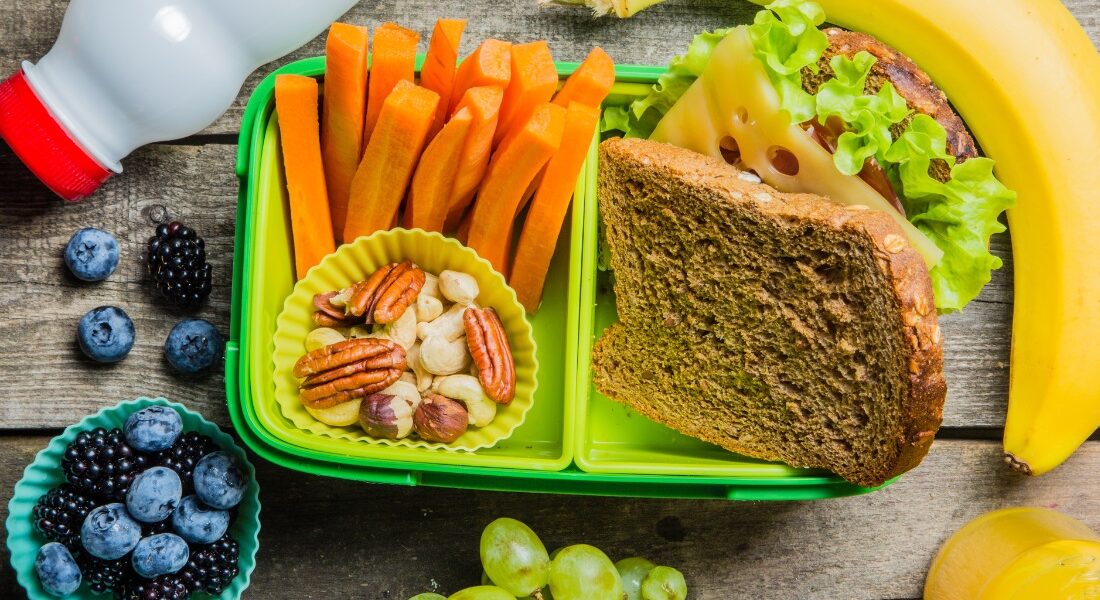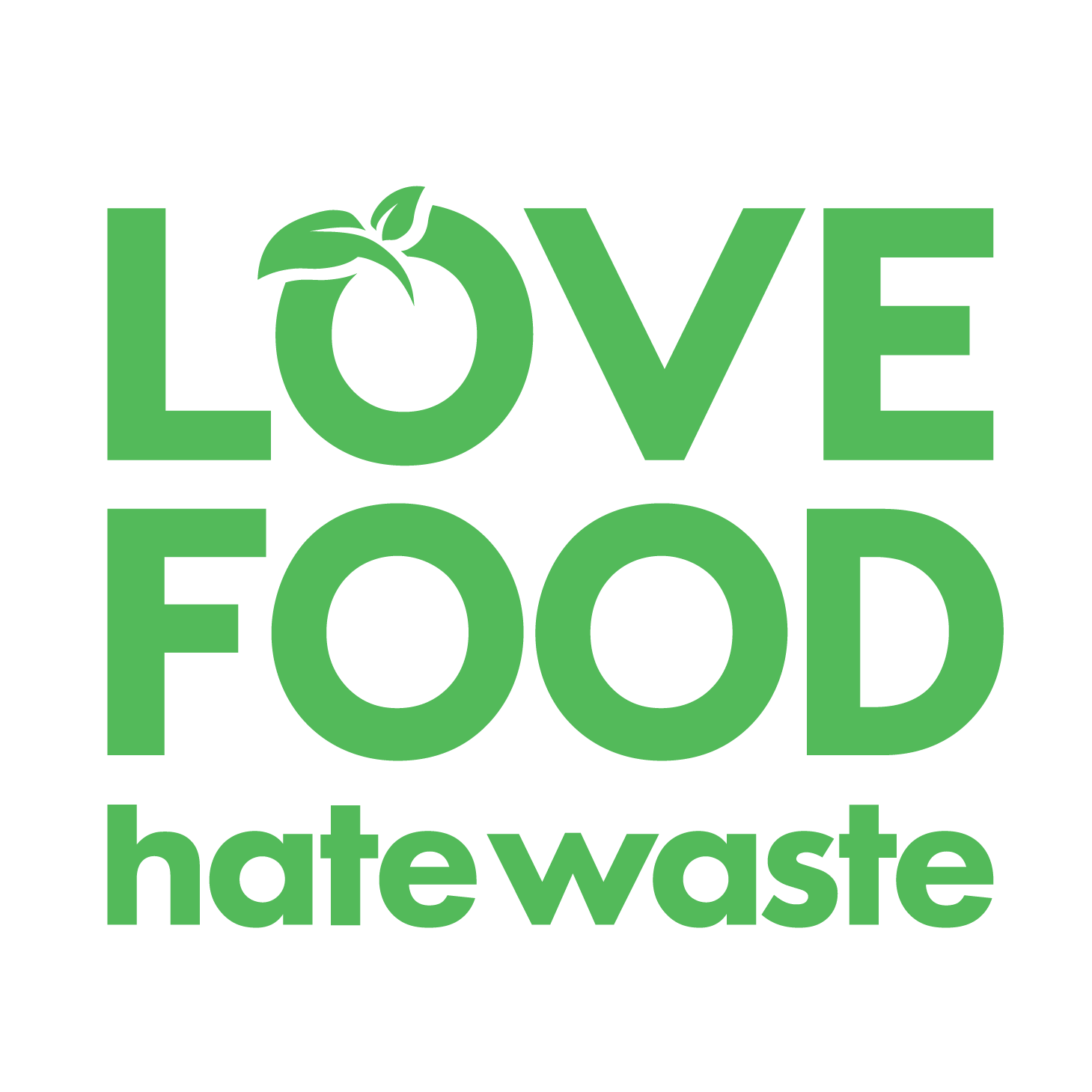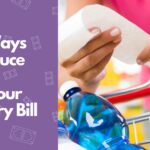Tasty School Lunch Ideas that Also Help Reduce Waste
It’s back to school season and for many families that means packing lunches. We know the struggle is real, that’s why we’re happy to share some of our favourite back to school tips. We want to help you get those lunches packed while also helping you reduce food waste.
The lunch box is a perfect tool to help kids establish good habits about reducing food waste. When kids toss food from their lunch, they not only waste the food and the resources that went into producing that food, but they also develop poor habits about managing food. Follow these tips to create tasty lunches and help kids manage food more effectively.
Know What’s Happening
Do you know what’s happening with your child’s lunch? Are they eating all of it, if not, ask them why? What do they do with food they don’t eat? Are there particular foods that get partially eaten or tossed more often than others? What support or resources for opening containers or reheating food do they have and does your child use them? Often the line-up for getting help or using the microwave is too long for kids to bother.
If you’re not sure, talk to your kids and ask them to bring home anything they don’t eat. Don’t criticize them for it, use it as an opportunity to assess the situation and plan alternatives with them.

Plan Ahead
Planning lunches helps eliminate the last-minute scramble of deciding what to pack, makes grocery shopping easier and less expensive and can lead to more nutritious food choices your kids will actually eat. Use our master list of lunch ideas (see below) to build your own custom list of foods your child loves. Use it as a starting point for a weekly plan and to build your grocery list.
Prep Ahead
The more prep work you can do before the morning rush, the calmer packing lunches will be. Get your kids help to wash and chop veggies, re-fill snack bins, bake muffins, repackage bulk foods into small portion sizes, prepare dips and spreads, etc.
Get Kids Involved
Easier said than done, right!? At first, it takes more time to let kids help versus doing it yourself. But think of it as an investment with a future payback. The sooner and more frequently you involve kids, the sooner they’ll be able to do those tasks by themselves and the more likely they are to eat their lunch.
When they’re little, let them decide which flavour of fruit roll up or yogurt they want, count crackers or grapes into little containers and help empty their lunch box after school. As they get older, they can chop veggies, prep simple dishes, wash their water bottle and so on.
Make Lunch/Snack Bins
Designated lunch or snack bins in your fridge and pantry make it easy for kids to choose what they’d like to add to their lunch box. They get to feel like they’re making their own decisions, while you get to control what goes in the bin in the first place. Win win for both!
For the pantry consider: crackers, pretzels, popcorn, trail mix, granola bars, cookies, fruit snacks, pudding cups, canned fruit.
For the fridge bin consider: cheese, fruit, yogurt, hummus, chopped veggies, apple sauce, pudding or canned fruit.
PRO TIP: Buy in bulk and make smaller portion sizes in reusable containers to save money and reduce packaging.
Match Portion Size to Your Child
Minimize partially finished food by serving smaller portion sizes. Whole apples with only one or two bites are a common sight in lunchroom garbage cans. Choose the smallest apples you can find in the grocery store, pack only a few slices dipped in lemon juice or choose alternatives like applesauce, easy peel oranges, canned fruit, dried apple slices, grapes, etc.
Pack Quick and Easy Items
Kids are busy! A common reason kids give for why they don’t finish their lunch is that they don’t have enough time. If your child would rather be with their friends than eat lunch, pack small portions of finger foods that are quick and easy to eat. Forget about food that needs reheating or assembly!
Repurpose Uneaten Food
If your child brings home food, repurpose what you can. Uneaten veggies can be tossed into soups, uneaten fruit can be turned into smoothies and crackers or bread can be turned into bread crumbs.
Of course, not all food can be repurposed. Any food in an opened thermos or perishable food that hasn’t been kept at a safe temperature should be tossed. Use this as an opportunity to discuss what type and how much food to pack next time.
Think Outside the Lunchbox
Don’t be limited by “traditional” lunch foods. If your child will eat it and you can pack it safely, it’s fair game! Go ahead and pack leftovers or foods we often associate with breakfast or dinner. Pancakes with applesauce, last night’s tabbouleh or a thermos full of chili are all great lunch ideas.
Relax
Don’t make school lunches a battle ground. Pack a variety of foods you know your child will eat, even if it’s the same thing every day for weeks. It’s okay. You have other opportunities before or after school to work towards balanced nutrition.
Our Master List of Lunch Ideas
| SANDWICHES | SALADS | LEFTOVERS |
|---|---|---|
|
Egg Tuna Salmon Chickpea salad Oven roasted meat Deli meat Cheese Cream cheese Nut butter apple rolls French Toast Nibbles Simple Beef Steak Wraps |
Mason jar salads Slaws Cobb salad Whole grain salads Creamy Curry Tuna Pasta Salad Grilled Bread & Tomato Salad Quinoa Salad with Apple & Grape Curried Rice Salad Sprouted Moong & Corn Salad |
Eat Cold Pizza Cooked Meat Rice Paper rolls Cauliflower Tabbouleh Sushi rolls Heat Up Spaghetti & meatballs Mac and cheese Pesto noodles with cheese Rice and Beans | BREADS & CRACKERS | THERMOS FOODS | BREAKFAST FOODS |
|
Pita chips Garlic bread chips Cinnamon Sugar Bread Chips Naan Pumpernickel Bagels English muffins Roti Paratha papadam Whole wheat crackers Cheese Biscuits Bannock Fish crackers Pretzels Tasty Cheese Straws |
Turkey and Chickpea Coconut Curry Green Thai Curry Chicken Noodle Soup Kitchen Sink Hamburger Soup Pumpkin Soup Leek and Potato Soup Classic Beef n’ Bean Chili Chicken Chili Butternut squash chili Spaghetti & Meat Sauce Lentil Soup Ramen with veggies Laksa Dumplings in broth Smoothies Apple & Kale Smoothie |
Scotch Pancakes Coconut Pancakes & Strawberry Compote Banana Bread French Toast Savoury French Toast Breakfast Muffin Frittatas Mini Pasta Frittata Boiled eggs Cereal and dried fruit Yogurt Granola yogurt parfaits Oatmeal Congee | FRUIT & VEGGIES | DIPS & SPREADS | HOMEMADE SNACKS |
|
Veggies
Carrots, celery, snap peas, broccoli, cauliflower, pickles, cucumbers, sweet peppers,
cherry tomatoes, zucchini Fruit Sliced apples or pears (with lemon juice), grapes, oranges (easy peel or segmented), dried fruit, fruit roll-ups, fruit sauce, frozen berries (will thaw) |
Hummus Beet hummus Broad bean hummus Pumpkin hummus Tzatziki Yogurt fruit dip Creamy roasted veggie dip |
Banana Anzac biscuits Banana Spice Loaf Mashed potato scones Zucchini bread Compost Cookies Leftover Chocolate Fridge Cake Pumpkin spice granola muffins Carrot Cake Cookies Nut Free Granola bars Trail mix |
|
Berry Roll-ups Apple & Cinnamon Gummies Apple Sauce |
Nut Free Energy bites Roasted chickpeas popcorn |
Keep it Food Safe
Finally, when packing, keep food safety in mind.
- Keep hot things hot and cold things cold (above 74°C/165°F) or below 4°C/40°F).
- Use ice packs for cold foods and a thermos for hot.
- Invest in a high-quality thermos that’s rated to keep food hot for at least 6 hours (it’s five hours until noon if you pack your lunch at 7 am).
- Pre-heat or pre-cool a thermos by filling and soaking with boiling hot or cold water for 510 minutes before filling with steaming hot or ice cold food.


